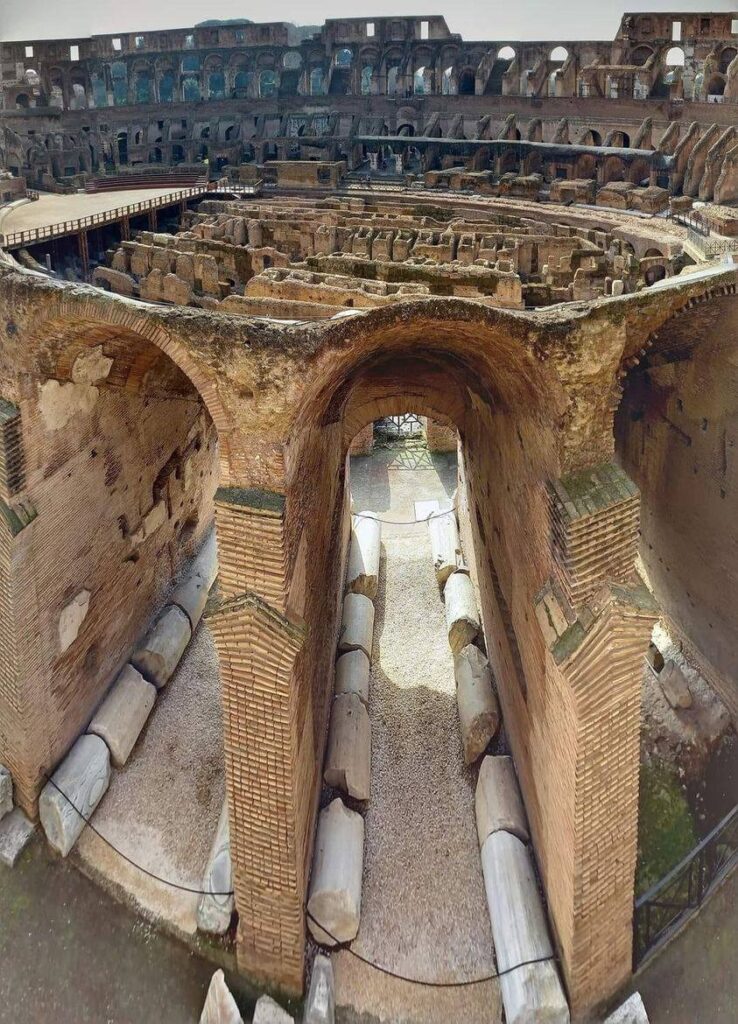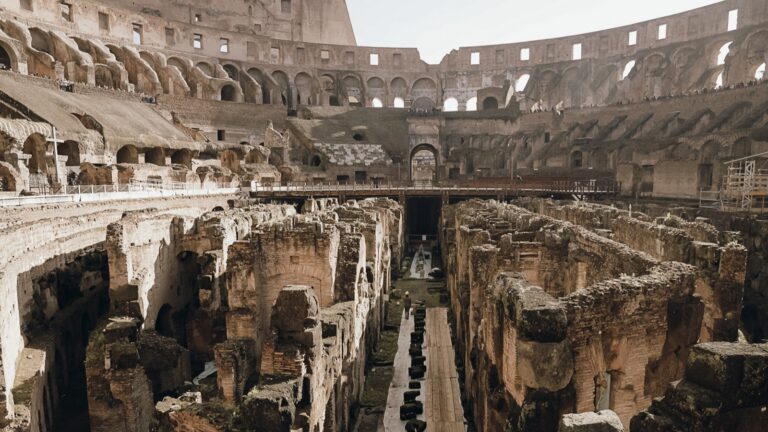Revealing the Mysteries of Rome’s Basement Colosseum

I
n the heart of Rome, beneath the iconic Colosseum, lies a hidden world waiting to be unveiled—the enigmatic secrets of its basement. As the world marvels at the grandeur of this ancient amphitheater, few are aware of the mysteries that lie beneath the surface.
The Colosseum’s basement, also known as the hypogeum, was a labyrinthine network of tunnels, chambers, and passageways that played a crucial role in the gladiatorial spectacles of ancient Rome. Imagine the bustling activity as gladiators prepared for their life-or-death battles, exotic animals were housed, and intricate stage sets were assembled to recreate epic scenes.
Archaeologists and historians have long been fascinated by the hidden dimensions of the Colosseum, and recent efforts to explore and document its basement have shed light on the extraordinary engineering and logistical marvels of the past. Discoveries include trapdoors, elevators, and ingenious mechanisms that allowed for dramatic entrances of gladiators and wild beasts, adding an element of surprise and spectacle to the arena above.

The hypogeum’s chambers also served as a backstage area for the elaborate productions that took place in the Colosseum. The logistics of staging complex events, such as mock sea battles or mythological reenactments, required meticulous planning and infrastructure below ground.
Unveiling the secrets of the Colosseum’s basement not only deepens our understanding of ancient Roman entertainment but also provides insights into the cultural and technological advancements of the time. This exploration offers a captivating journey through the hidden passages of history, inviting us to imagine the vivid sights and sounds that once filled the subterranean world beneath one of the greatest wonders of antiquity. Join us as we peel back the layers of time and reveal the captivating stories hidden beneath the grandeur of the Colosseum in Rome.